There wood caries it is a pathological process affecting the woody tissues of trees, caused by numerous species of fungi whose mycelium develops in the wood. This disease leads to the degeneration and disintegration of the xylemor the plant tissue that carries the raw sap, causing serious mechanical damage and, in the most serious cases, the death of the tree itself.
This wood fungus is difficult to cure, as its early diagnosis is very complex. However, it can be prevented by implementing adequate agronomic practices in the cultivation of trees, especially in urban areas.
What is wood decay?
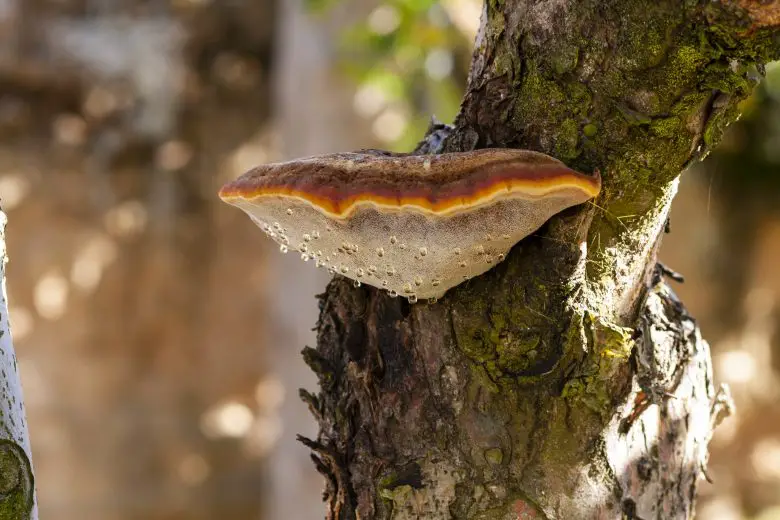
There are many fungi that can cause wood decay. The mycelium, in fact, can attack cellulose or lignin, resulting in a different coloration of decayed plant tissues. The macroscopic parameters taken as a reference for the recognition of the etiology of caries are: the type of alteration of the wood; the shape and color of the carpophore that develops on decayed organs; the plant species that is affected.
Caries brunette
There brown caries of wood it is a situation in which the fungus attacks the cellulose and the wood takes on darker shades.
White caries
There white caries of wood it is a situation in which the fungus attacks the lignin and the wood takes on lighter shades. The main fungi causing wood decay are:
- Fomes annosus
- Polyporus (Fomes) fomentarius
- Polyporus fulvus
- Trametes (Fomes) pines
- Fomitiporia punctata
- Polyporus sulphureus
- Coriulus versicolor
- Flaviporus brownei
- Ganoderma lucidum
- Phellinus punctatus
- Leptoporus adustus
- Inonotus hispidus
What damage does wet decay cause to wood?
The trees most subject to wood decay are conifers, various deciduous trees and shrubs of landscape and forestry interest, some agricultural crops such as the olive tree and citrus fruits.
The most serious effects of caries, apart from the different coloring of the affected wood, are the disintegration and degeneration of the woody tissues, which determines the alteration of the consistency and mechanical resistance of the affected organs.
Depending on how the alteration manifests itself, we can have: fibrous caries, lamellar caries, spongy caries, etc.
The damage essentially consists of a progressive weakening, both physiological and mechanical, of the plant, due to the internal cavities that form in the affected woody organs and to the alteration of the lymphatic transport mechanisms in the sectors affected by caries.
Normally the most affected organs are the main stem and the largest branches.
The consequent effects are the loss of part of the mechanical stability of the tree, with breakages due to stresses (wind, snow load, weight of the crown) and finally the death of the specimen.
Why does decay affect trees?
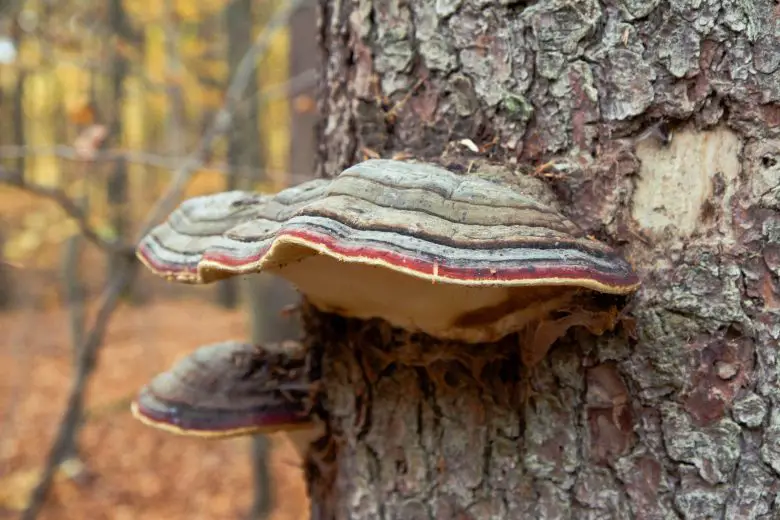
The fungi responsible for wood decay are, above all, “wound” pathogens, i.e. the infectious process is established on lesions in the woody tissues. Many of the fungi causing decay are secondary parasites, that is to say they preferentially and more easily attack trees that are already debilitated and suffering. These conditions are very common in trees planted in cities. The lesions that allow the fungus to infiltrate the plant can be caused by:
- pruning cuts, especially if they are large cuts such as those of toppingunfortunately very frequent in the trees planted along the city avenues;
- wounds from peeling off the plants, from driving nails or other metal bodies;
- wounds caused by parasites.
The penetration of pathogens into wood
The penetration of fungi into the wood takes place in correspondence with any lesion and can be: at a radical level, through contact with infected plant residues; or at the level of the air apparatus.
The spread of caries pathogens in wood
The spread of wood caries can occur both by intercellular transmission, i.e. contiguously between infected tissues, and systemically, i.e. through the vessels of the conductive tissue, in which the mycelium creeps in and lets itself be carried away.
Parasitic insects can also be agents of diffusion of this fungal disease, for example by passing from infected plants or tissues to healthy plants or tissues.
The fungi agents of wet decay are preserved in the environment, both by forming the carpophores which spread the sexual spores, and in the infected or decayed wood, as a mycelial phase.
How to tell if a tree is affected by wet decay of wood?
An early diagnosis of caries is very difficult, even if the tools suitable for the purpose are available. The first difficulty is due to the operating costs of monitoring, especially in urban areas, given the disastrous coffers of the Italian municipalities which should take care of them on a regular basis.
Then there is a technical problem. In fact, the real symptoms, i.e. the deterioration of the wood, the external evolution of the degeneration, the formation of the fruiting bodies (fungi), appear only after a certain period of time after the infective process has started. Furthermore, many cavities have an external evolution only when the internal woody tissues are already considerably compromised.
How do you treat wet decay of wood?
Wood caries can be blocked with relative success especially if one intervenes in the early stages of their formation. Early diagnosis is currently possible with sophisticated techniques and instruments such as thermography, shigometer, resistograph, fractometer, tomography, X-ray densitometry. These techniques evaluate the state of the wood and the possible presence of cavities.
The practice that tends to block the evolution of an ongoing caries is dendrosurgery whose execution technique has been studied talking about the slupatura of the olive tree.
How to prevent wood decay
The fight against damp decay of wood must therefore be preventive and make use of all those agronomic practices which tend to avoid states of physiological stress, wounds or other pathologies of the trees.
The greater presence of caries in city environments highlights the serious problem of planning and maintenance management of urban green areas. Very often caries is not due to traumatic events but to other problems. Correcting this misconduct is the tree decay prevention strategy. Among these errors we have:
- bad planning that has not been able to choose plants suitable for the environment in which they are inserted;
- planting patterns too dense;
- use of waste or building site land which makes life very difficult for the roots;
- lack of adequate water supply in drought environments and with great summer heat;
- lack of ventilation at collar height, especially on paved avenues;
- prolonged conditions of waterlogging;
- wicked pollarding, senseless pruning certainly condemns the plant to the onset of decay and the infective process of the wood.
Insights
Overview of the main agents of brown caries – Iris University of Turin.
“Cubic” caries in trees – Iris University of Bologna.
Main cryptogamic diseases on the various chestnut organs – Department of Arboriculture, Botany and Plant Pathology. University of Naples Federico II. 2Institute of Biochemical Biotechnology – MIUR Program “Return of the Brains”, Polytechnic University of Marche.


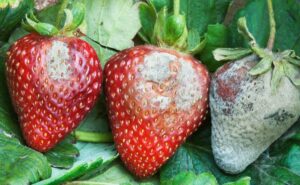
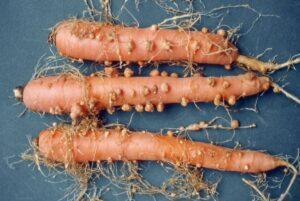
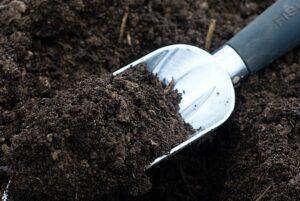
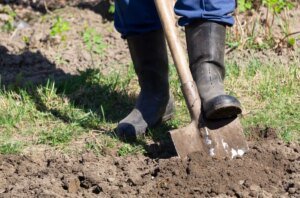
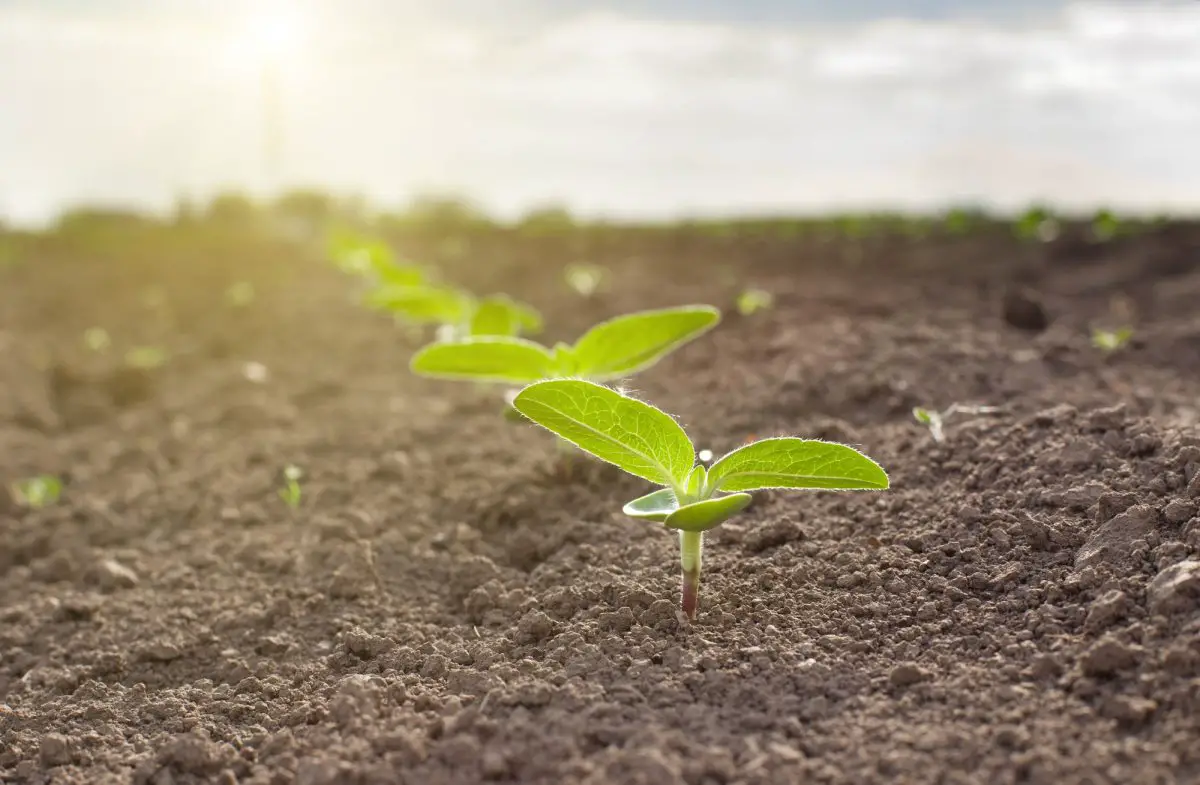
Start a new Thread